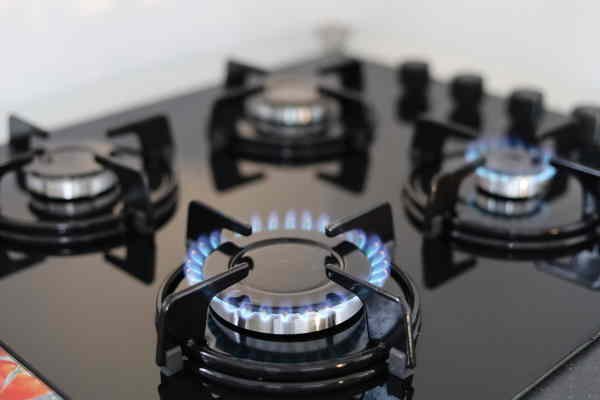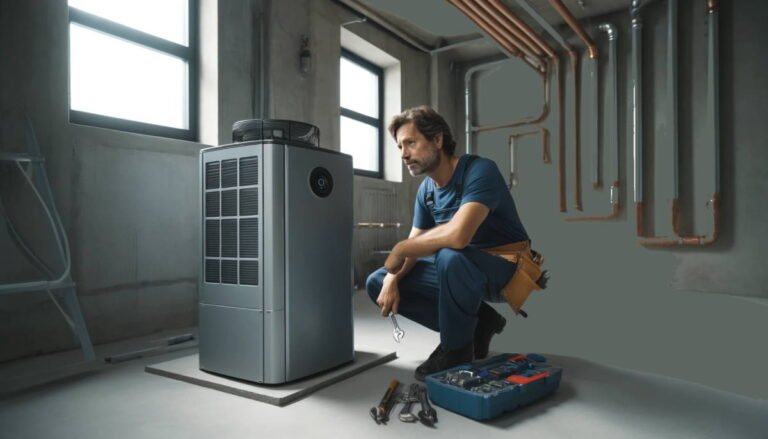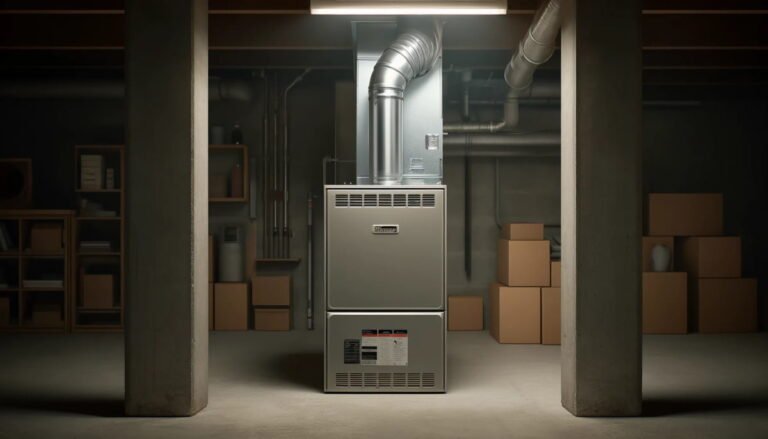Explore Different Types of Heat Pumps: Find The Best Fit!
There are so many types of heat pumps out there, making it easy for homeowners to find a smart, sustainable way to keep their homes comfy year-round. These systems are a greener choice compared to traditional HVAC units. They not only cut down on energy bills but also help maintain a steady, cozy indoor atmosphere. Plus, they’re great for air quality and work seamlessly with the latest smart home tech.
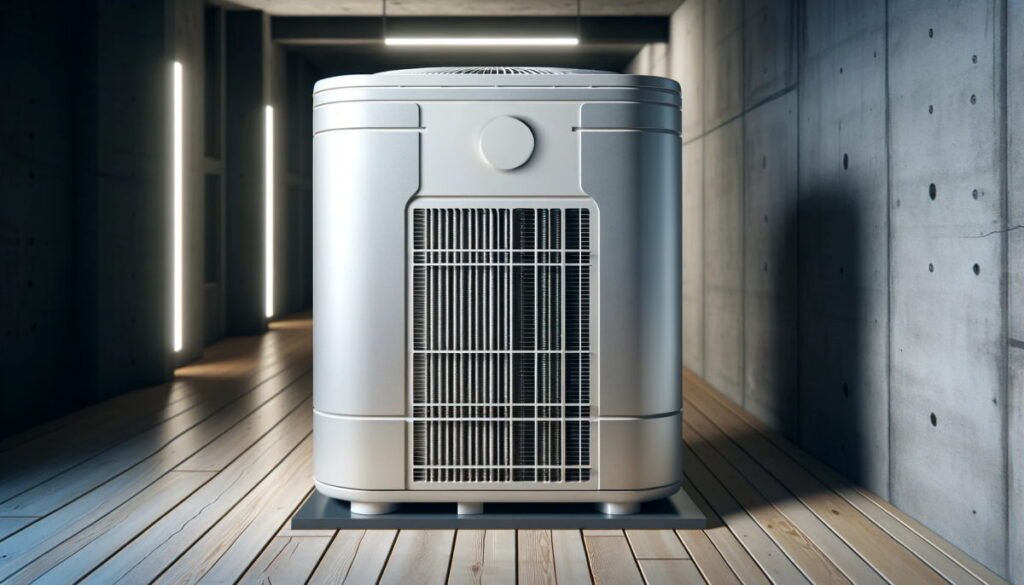
Whether you’re building a new place or sprucing up your old one, heat pumps are a versatile choice. They’re designed to work well in a range of temperatures and have gotten really good at handling even the chilly weather, which makes them a solid option for nearly all-year comfort. It’s no wonder more and more homeowners are choosing heat pumps as a savvy, modern solution for their heating and cooling needs.
What are Heat Pumps?
Heat pumps are devices that move heat from one place to another using a small amount of energy. They work like a refrigerator but can heat or cool a space.
In winter, they extract heat from outside air or ground and bring it indoors, and in summer, they can reverse to cool the indoors by removing heat from your home and releasing it outside.
This makes them very efficient for controlling the temperature of a space.
Popular Types of Heat Pumps
Air Source Heat Pumps (ASHPs)
Air source heat pumps are the most common type used in residential settings, especially suitable for moderate climates. They operate by extracting heat from the outdoor air in winter to warm the home and reversing the process in summer to cool it. ASHPs are less expensive than other types and relatively easy to install, making them a popular choice for retrofitting in existing homes as well as new constructions.
Ground Source Heat Pumps (GSHPs)
Also known as geothermal heat pumps, these systems utilize the earth’s constant underground temperature to provide heating, cooling, and hot water. GSHPs involve installing an “earth loop” buried underground to extract heat from the ground in the winter and dissipate heat back into it during the summer. While the initial installation cost can be high, the incredible efficiency and low operating costs of GSHPs often translate to long-term savings and environmental benefits.
Water Source Heat Pumps
These heat pumps use a body of water, such as a lake, pond, or well, as a heat exchange source. Similar to GSHPs, water source heat pumps are highly efficient, leveraging the thermal stability of water to regulate home temperatures more consistently than air-based systems. They are, however, less common due to the necessity of having a suitable water source nearby.
Hybrid Heat Pumps
Hybrid systems combine the functionality of air source heat pumps with another heating technology, such as gas boilers. These systems are designed to optimize energy use by switching between the heat pump and the boiler depending on temperature, cost, or efficiency, making them ideal for regions with larger temperature variances.
Absorption Heat Pumps
A less common type, absorption heat pumps (AHPs) are driven by a heat source such as natural gas, solar-heated water, or geothermally heated water instead of electricity. This makes them a suitable option for homes where electricity is either too expensive or less reliable.
Ductless Mini-Split Heat Pumps
For homes without existing ductwork, ductless mini-splits offer an efficient alternative. These systems consist of an outdoor compressor connected to one or more indoor air-handling units through small pipes. They allow for zoning or the cooling and heating of individual rooms, improving overall efficiency and comfort.
Integrated Heat Pumps
An integrated heat pump is a type of system used for space heating that includes a heat exchanger known as a desuperheater. Commonly employed as an add-on in geothermal systems for water heating, the desuperheater captures waste heat from the hot refrigerant after it exits the compressor.
This captured heat is then utilized to preheat water, reducing the energy needed by conventional water heaters. The consistent temperature of the ground in geothermal applications enhances the efficiency of the heat transfer, allowing the system to effectively convert waste heat into usable hot water, improving overall system efficiency and cost-effectiveness.
DX (Direct Expansion) Heat Pumps
DX (Direct Expansion) heat pumps operate similarly to conventional ground-source heat pumps but differ primarily in their heat exchange method.
Unlike conventional systems, which use a water-based or antifreeze solution circulated through buried pipes to transfer heat between the earth and the refrigerant in a separate heat exchanger, DX heat pumps circulate the refrigerant directly through copper tubing in the ground.
This direct contact between the refrigerant and the earth allows for efficient heat exchange, eliminating the need for a secondary fluid and potentially increasing system efficiency by reducing energy losses associated with intermediary heat transfer.
Bivalent Heat Pumps
Bivalent heat pumps are designed to enhance efficiency and performance in colder climates by integrating a heat pump with an additional heating source, typically a natural gas or propane burner.
This burner is employed primarily under two conditions: to provide auxiliary heating during extremely cold weather beyond the heat pump’s efficient operating range, and to assist in defrosting the outdoor unit when ice buildup occurs.
By heating the air before it passes over the outdoor coil, the burner enables the heat pump to extract usable heat even at very low outdoor temperatures. This dual-source approach allows the heat pump to maintain efficiency across a broader range of temperatures and reduces reliance on less efficient emergency heating modes.
Things to Consider When Choosing a Heat Pump Type
When selecting from the various types of heat pumps, considering specific features and performance metrics can significantly enhance efficiency and suit your needs effectively.
Here are some key features and important efficiency metrics to consider:
- Coefficient of Performance (COP): This measures the ratio of heat output to electrical energy input at a specific outdoor temperature. A higher COP indicates a more efficient heat pump, meaning more heat energy is produced per unit of electricity used. For example, a COP of 3 signifies that for every unit of electricity consumed, the heat pump delivers three units of heat.
- Seasonal Energy Efficiency Ratio (SEER): SEER measures how effective the pump is at cooling over an entire season. It’s calculated by dividing the total heat removed from the air (in BTUs) by the electricity used (in watt-hours). The higher the SEER, the better the cooling efficiency. Typically, modern heat pumps have SEER ratings ranging from 13 to 21.
- Heating Seasonal Performance Factor (HSPF): Similar to SEER, but for heating. HSPF assesses the total heating output (in BTUs) against the electricity consumed (in watt-hours) during the heating season. A higher HSPF means more efficient heating. Efficient models usually score between 8 and 10 HSPF.
- Variable Speed Compressors: These adjust the output to precisely match the demand, which enhances energy efficiency and helps maintain consistent indoor temperatures.
- Smart Thermostat Compatibility: Heat pumps that integrate with smart thermostats allow for better control, scheduling, and monitoring of energy use via smart devices.
- Energy Star Certification: Models with this certification meet stringent energy efficiency guidelines set by the U.S. Environmental Protection Agency.
- Advanced Air Filtration: Systems equipped with HEPA or similar filters can significantly improve indoor air quality, benefiting those with allergies.
- Low Noise Levels: For residential areas, especially near living or sleeping quarters, choosing a heat pump on the lower end of this scale (around 40-50 dB) is preferable to ensure comfort without noise disruption.
- Multi-zone Capabilities: These allow independent temperature control in different areas of your home, enhancing comfort and efficiency.
- Defrost Features: In colder climates, a heat pump with an effective defrost cycle maintains efficiency even in winter conditions.
- Durability and Warranty: Opt for a heat pump with a robust warranty and positive reviews for durability, particularly in regions with extreme weather.
Conclusion
Understanding the different types of heat pumps is essential for anyone looking to optimize home heating and cooling efficiently. Whether it’s air-source, ground-source, or water-source heat pumps, each type offers unique advantages tailored to specific environmental and climatic conditions.
By considering the various heat pump types available, homeowners can make informed decisions that enhance comfort, reduce energy consumption, and support sustainable living practices. Choose the right model to ensure your home is both comfortable and eco-friendly year-round.
More About Heat Pumps

Heat Pump Not Cooling? Here’s What You Need to Know
Heat pumps are essential not only in the winter for heating our homes but also in the summer to cool…
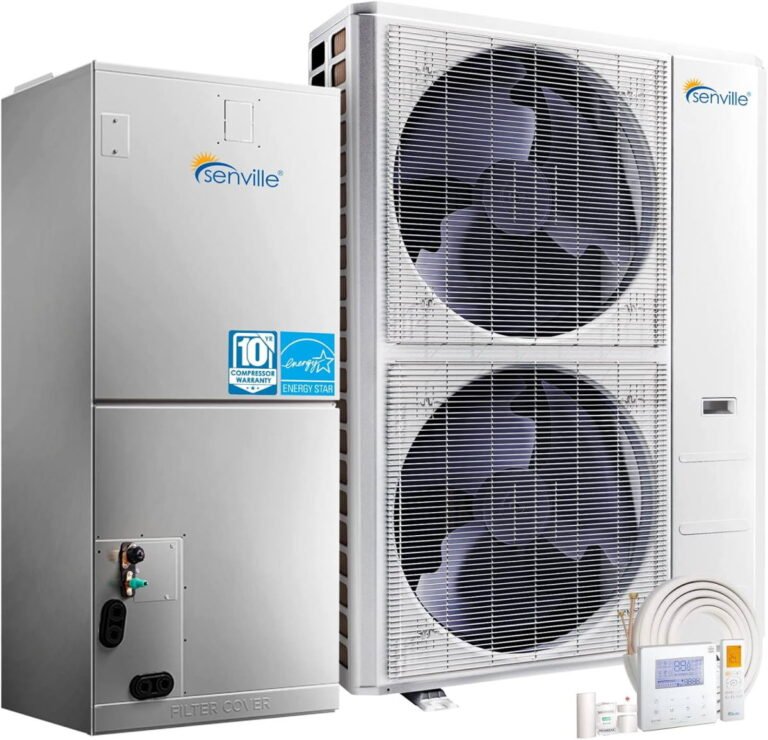
Compare Ductless Mini-Split Heat Pumps vs. Window Heat Pumps: Which Is Right for You?
In this article, we are going to look at ductless mini-split heat pumps vs. window heat pumps, examine how each…
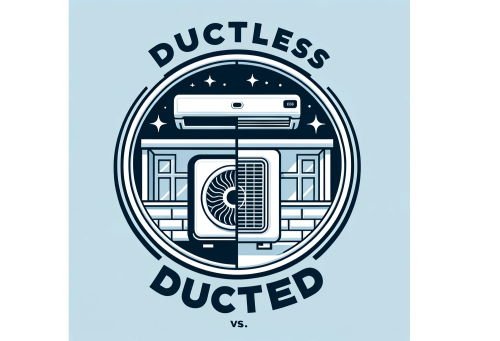
Explore the Differences: How Ductless vs. Ducted Heat Pumps Compare
Deciding between ductless vs. ducted heat pumps is as easy as planning a holiday. You know it’s going to cost…


